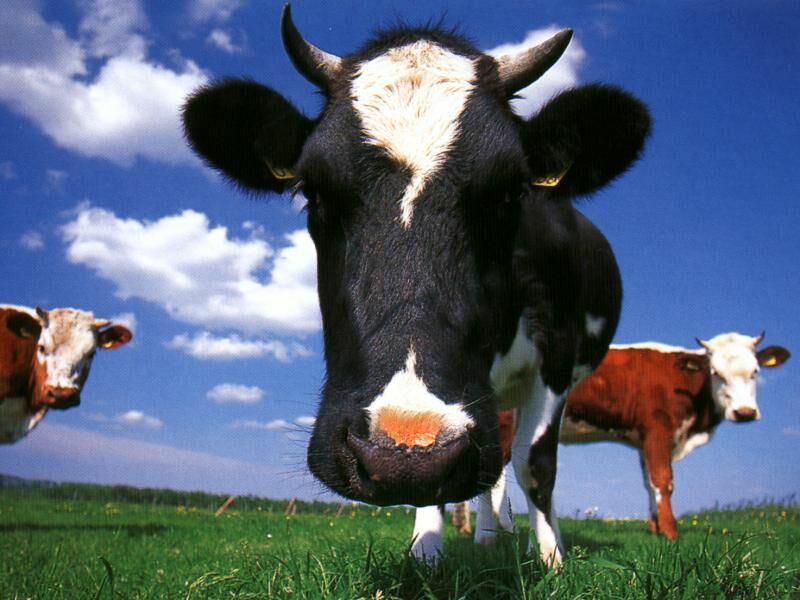The carcass of a California Happy cow lies at Baker
Commodities Inc. The test is positive;
it’s infected with Mad Cow disease. This rendering facility preforms tests for
animal BSE surveillance programs.
Bovine spongiform encephalopathy (BSE)
commonly known as Mad Cow disease is a fatal neurodegenerative disease it
causes the spongy degeneration of the brain and the spinal cord.
Mad Cow is a sibling of a series of diseases that spread
across species, like scrapies in sheep and Creutzfeldt–Jakob disease in humans. The culprits are prions.
Prions are misfolded proteins. The name is a composition of
protein and infection. Now if you remember your biology proteins are composed
of a series of bound amino acids, this would be the primary structure then the
amino acid arrange themselves in either alpha helix or beta sheet secondary
structures, and finally they come together in a 3D tertiary structure.
The structure of a protein is vital, if they change their tertiary
or secondary structure they wreak havoc across the body. Protein misfolding is associated with
numerous diseases for which no cure is available at the moment. These diseases
are often debilitating, as is the case of spongiform
encephalopathy.
In 1997, Stanley B. Prusiner won the Noble Prize in for the
purifying and identifying the agent accused of transmission of spongiform
encephalopathy. Why is discovery worth a
Nobel Prize? With a great outbreak of spongiform encephalopathy, in Britain
during the 1980, there were numerous investigators searching for the culprit.
Prior these outbreak disease infection
diseases were commonly and solely accredited to viruses, bacteria, fungi or
parasites. When proteins were first proposed as the wrongdoer there was
significant debate against the idea. Few of the scientists at the time
considered the possibility; most renouncing the evidence declared that it was
impossible.
The first clues that lead biologist Tikvah
Alper and mathematician John S. Griffith to suggest a protein was that the
disease resisted radiation. Now if it had been in fact a living being (let’s
not debate the life of a virus) the pathogen particle would have been destroyed
with induced radiation. Their findings also suggested that the pathogen must be
smaller than a virus.
Let’s peer into the mechanism of destruction. The name spongiform encephalopathy clearly
alludes to a sponge; ence- is the prefix for brain, a spongy brain. The disease
spreads and a heap of tiny holes appear in the brain causing mental and
physical abilities to deteriorate.
The holes are caused by prions
aggregates. The misfolded proteins accumulate outside the disrupting the normal
tissue structure and creating the holes. The incubation time is relatively long while
the progression is swift and fatal.
Although the full structure of prion
has yet to be exposed, researches do know that mammal’s posses correctly folded
prion proteins. Once the healthy prions (PrPC) come in contact with
misfolded prions (PrPSc) they cannot resist their influence and fold
themselves. Following a catalyst reaction of degenerative proteins.
While it is know that eating flesh
infected with PrPSc will infect another animal, there are current
studies interpreting other possible mechanisms.
One problem is that PrPSc does
not respond to sterilization methods like proteases, heat, radiation, and
formalin treatments. Effective prion annihilation relies on protein hydrolysis
or reduction or destruction of protein tertiary structure with bleach, caustic
soda, or strongly acidic detergents.
This is a grim issue when you consider that
prions persist in the environment and could possible infect animals roaming
once prion infected lands.
A carcass lies in a laboratory bench,
researchers probe for answers to number of questions. Are there more reliable quantification
methods? Can we denature prions by composting the animal? Could plant uptake
prions? Can we prevent it? Can we cure it?



















